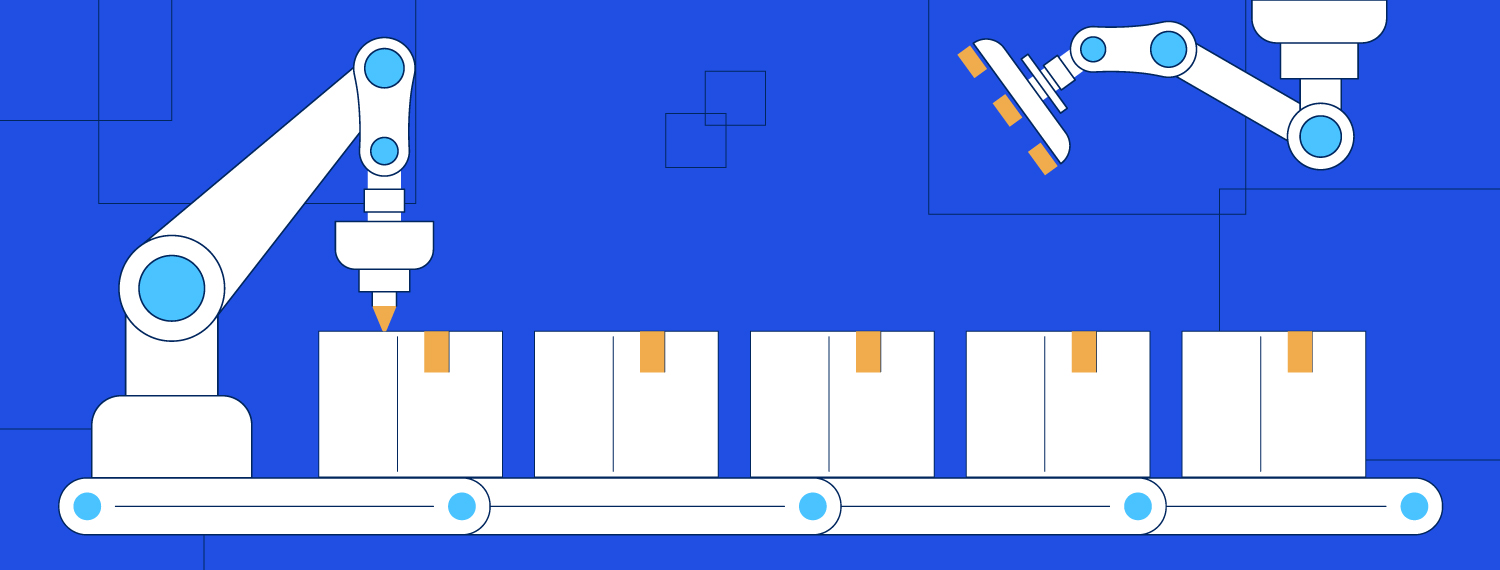The rise of automation, driven by technologies like AI, ML, and RPA, is reshaping various sectors, including IT, logistics, manufacturing, and healthcare. Companies are leveraging automation to improve productivity, streamline operations, and enhance services, albeit at the cost of impacting the manufacturing workforce. However, this rapid adoption of automation has also led to concerns about job losses and the need for reskilling and upskilling programs to ensure the workforce remains relevant in the changing job landscape.
Despite potential job losses, automation presents opportunities for job creation and industry transformation. McKinsey suggests that while many displaced workers could transition to similar roles easily, others may need retraining and reskilling.
In this blog, we highlight the positive and negative impacts created by automation on the manufacturing workforce and the mitigation steps to embark on the challenges the changes face.
Positive impacts of automation on the manufacturing workforce
Enhanced efficiency and precision
Automation streamlines unparalleled precision and consistency in production using smart devices, robotics involvement, and repetitive tasks with unfaltering accuracy. This accelerates higher levels of efficiency and ensures the ultimate product quality and customer satisfaction.
Improved safety
Implementing automation reduces the risk of hazardous involvements in the industries, physical damage, accidents, and injuries by creating a safer work environment. Thus, it eases the risk of sustainable damage in construction sites and mining to minimize the risk of injury.
Innovation and technological advancements
Automation has new possibilities and enables experimenting with new designs, materials, and production techniques. Furthermore, it facilitates customizations by allowing companies to design products to meet customers’ demands with utmost flexibility.
Negative impacts of automation on the manufacturing workforce
Cost of execution
Automation contributes to long-term cost savings and efficiency gains; the primary investment and ongoing expenses should be considered and managed. Balancing the impact of automation on the workforce by displacing the workers and hiring new skill sets can increase costs.
According to a recent Gartner poll, more than 80% of companies plan to keep or grow their investment in automation solutions.
Urgent need for reskilling and retraining
In the rapid evolution of the digital landscape, reskilling and training are crucial for businesses and individuals to thrive longer. By reskilling themselves, workers can future-proof their careers by staying ahead of technological advancements and market demands. It also complements automation technologies by promoting the transition into new roles that require skills.
Loss of flexibility
While automation technology can narrow specific needs, it removes a positive human touch from the manual equation. Customizing tasks or processes may still require adequate manual intervention. With automation, there may be a need for more job opportunities for skill development and growth, leading to disruptions in employment patterns and industries.
Challenges that automation brings to the manufacturing workforce.
Here are some challenges impacting the manufacturing workforce by the implementation of automation.
Job displacement
Because of automation, industries relying heavily on human labor are particularly susceptible to the workforce. Job displacement can result in economic challenges and the need for retraining and re-skilling employees.
Dependence on technology
While automation enhances efficiency by minimizing manual labor, expediting processes, and reducing errors, it raises concerns about job displacement and underscores the necessity for reskilling and upskilling initiatives.
Retaining the workforce- A significant step to address the impact of automation.
Retaining the workforce is essential to address the impact of automation. As per a report by McKinsey, millions of workers, about one-third of the US workforce, will need training for new roles. Employers must invest in retaining existing staff to transition into more innovative positions. While the pace of change for the manufacturing workforce depends on the advancement of automation, prioritizing retraining efforts can help maintain job security and adaptability for workers.
Conclusion
In conclusion, while automation can efficiently handle work more efficiently, businesses must ensure clear escalation paths for complex issues requiring human intervention. The workforce needs adequate tools and information to deliver high-quality support. Moreover, automation should align with brand values and customer expectations, recognizing that it complements rather than replaces human empathy and emotional intelligence in customer interactions. Empowering workflow with skills and expertise ultimately enhances efficiency, encourages innovation, and fosters a more productive workforce.

